Raised by Opioids – Alyssa’s Story
By: Alyssa Broome-Quissimisse
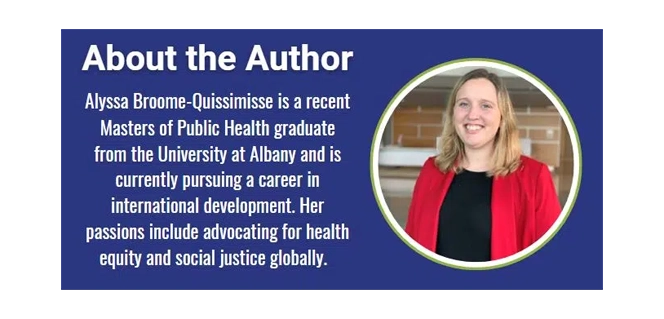 Growing up with a parent who is a drug addict can be devastating and emotional. These parents often miss out on a lot of their child’s day-to-day life: graduations, school games, and helping with homework after school. I know this from first-hand experiences with my mother, and the neglect and pain her addiction caused. But, for me, this was not the worst part. The broken promises hurt the most.
Growing up with a parent who is a drug addict can be devastating and emotional. These parents often miss out on a lot of their child’s day-to-day life: graduations, school games, and helping with homework after school. I know this from first-hand experiences with my mother, and the neglect and pain her addiction caused. But, for me, this was not the worst part. The broken promises hurt the most.
Opioid crisis: In the United States, in My Home
My mother’s addiction – like many – started with the misuse of opioids prescribed by her health care provider.
This is all too common as pharmaceutical companies pushed opioid prescriptions in the 1990s, citing the medication as ‘not addictive’ and contributing to the first wave of the opioid epidemic.
Over 932,000 people have died from an overdose in the U.S. since 1999. Around 10.1 million people misused opioids in the past year alone, with 96% of these individuals misusing prescription pain relievers.
It would not be until 2017 that the opioid crisis was declared a public health emergency by the U.S. Department of Health and Human Services (HHS). The health system perpetuated the epidemic while failing to address the scope of the problem.
Broken Promises
What exactly do broken promises look like in the context of addiction?
They are the stories of “we will have a big party next year for your birthday” or the fervent declarations of “This is the last time” parents with addiction often tell their children.
When my mother would say these things, I believe she truly meant them. But it didn’t hurt any less.
One broken promise that seemed minuscule compared to others occurred on the week of my high school graduation.
My mom had been in rehab for the months leading up to this point – likely after an episode of binge using and drinking. She was doing well, and was sober and safe. I was sitting at home when I received a phone call from an unknown number. It was my mom, crying, with bad news. She could not go to my high school graduation without being kicked out of her halfway house, but she promised to be at the next one.
Although I understood it wasn’t her fault, this broke me.
After hanging up the phone, I burst into tears and screamed out years of frustration and damage. You would have thought my mom had died that day, and for me, it felt like she had. The mother I had known, and the dreams of a healthy mother-daughter relationship, seemed to vanish with that one phone call.
Whenever my mom drank or used opioids, I would feel betrayed, guilty, and frustrated. And yet I still cared for her and loved her. Having all these feelings at once is hard to comprehend.
How can you love someone with all your heart while being so hurt by them?
In the end, my mother actually did make it to my college graduation – physically. But mentally, she was thinking about her withdrawal symptoms and where she could get opioids once more.
But at this point, I knew I would continue to accomplish great things.
Raised by Opioids
Visiting my mom at halfway houses and rehab is a common memory of my adolescence.
My mother was in nearly thirty centers over ten years. Each one brought its own hope, challenges, and disappointment. She has been from therapist to therapist, halfway house to halfway house, overmedicated to under-medicated, sober to suicide watch, all while navigating an increasingly complicated health care system.
I often wonder if her battle with opioids and alcohol, as well as our lives, would have been different if we had access to the funds necessary for higher quality facilities and mental health and addiction services.
But my story is not unique.
It is estimated that 1 in 8, approximately 8.7 million, children live with a parent who has substance use disorder.
These children are eight times more likely to become addicts themselves, as well as suffer from long-term consequences such as depression, anxiety disorders, problems with cognitive and verbal skills, asthma, diabetes, and obesity.
But the children of drug users are often overlooked in our health care and social systems.
Current health care policies attempt to focus on services for those with addictions but fail to address the family dynamics and needs. Current systems, including school and afterschool programs, are not equipped to support the complex needs of the children of people who are addicted. We often require additional support, and each child’s needs are unique. This means that health care providers, educators, and policymakers’ need to understand that childrens’ responses to trauma may differ.
Incorporating trauma-informed care into our science and community-based support systems to address the needs of children affected by addiction can support them both in the short and long-term.
As a society, we also need to break the stigma surrounding addiction.
I felt ashamed about my situation for a long time, which made me feel alone. When I finally felt comfortable talking to a teacher about what was going on, they said “I would have never known you were going through this.”
Addiction is not a choice, but a complex disease involving the interrelatedness of substance use, lived experiences, mental health, and more. But by not talking about addiction like we do other illnesses, we may further stigmatize those struggling, as well as their children affected by the epidemic.
By sharing my story, I hope you can get a glimpse into the impacts the opioid epidemic has on children and families. It should be a community effort to advocate for reform to address service gaps, so other children will not have to go through the trauma I have experienced.



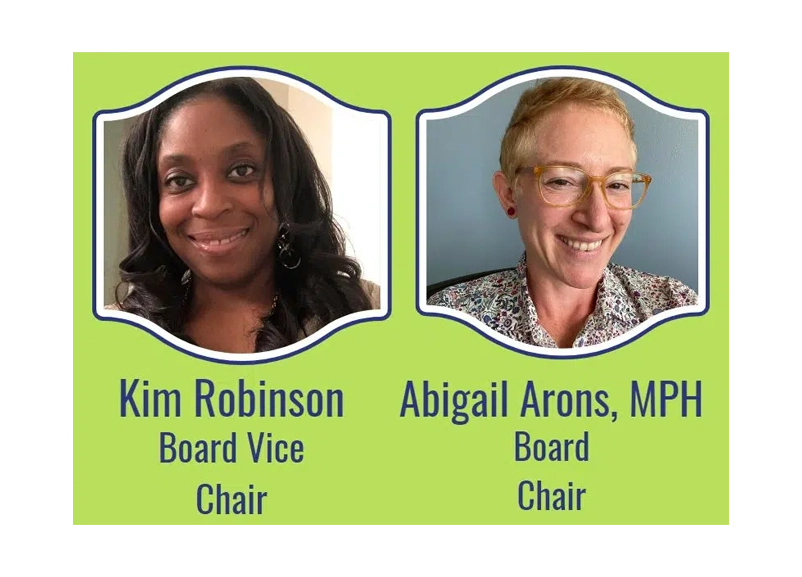 Dear Ally,
Dear Ally,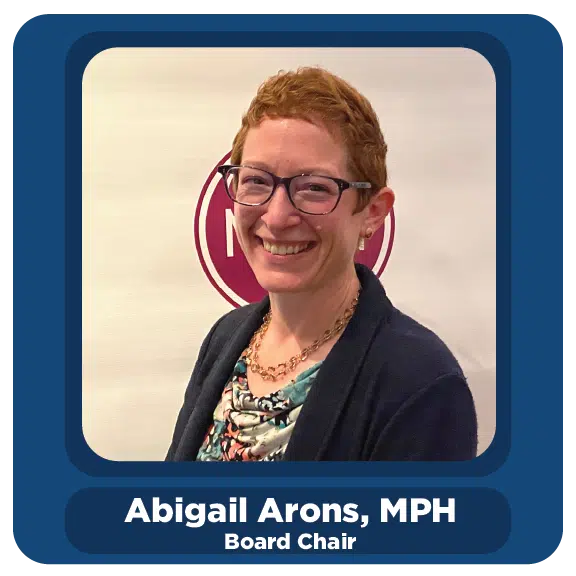
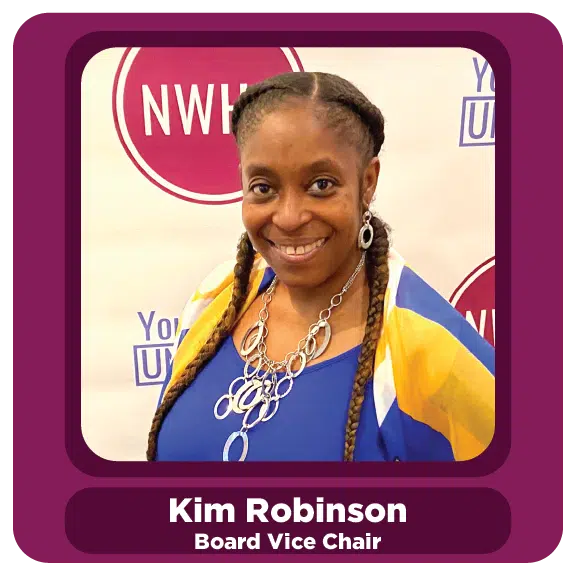
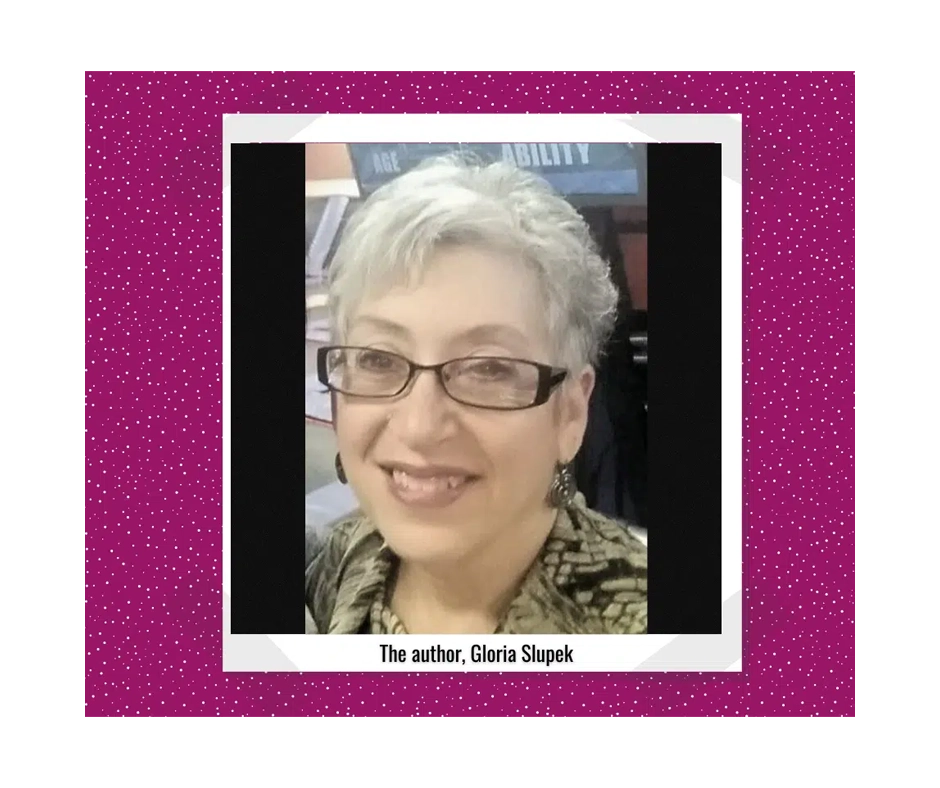
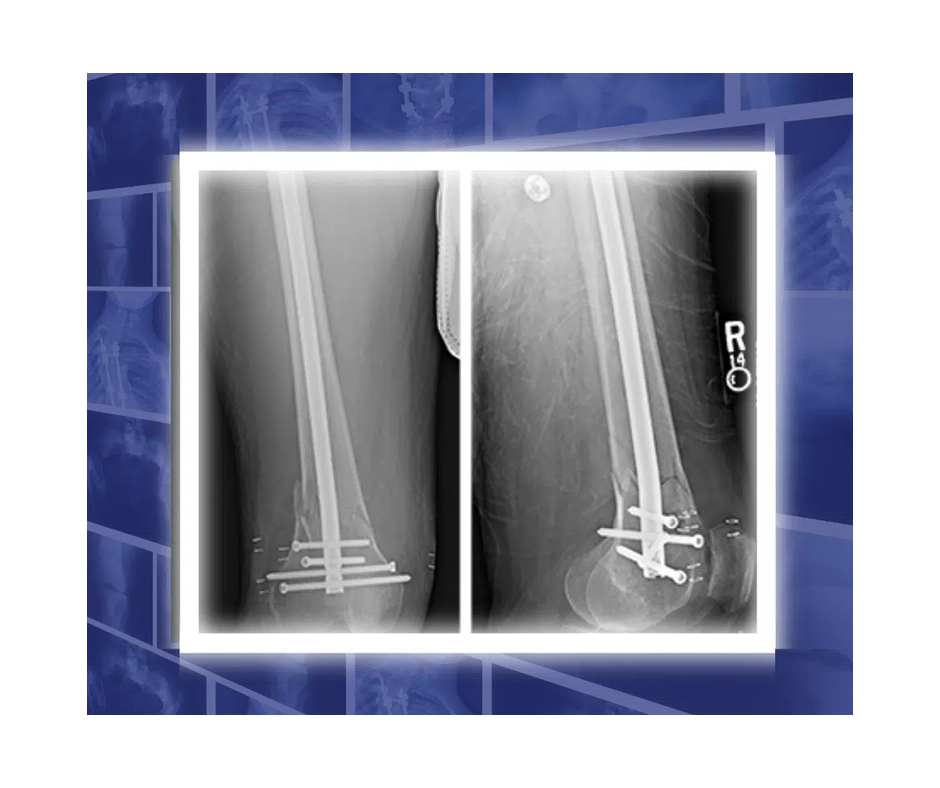
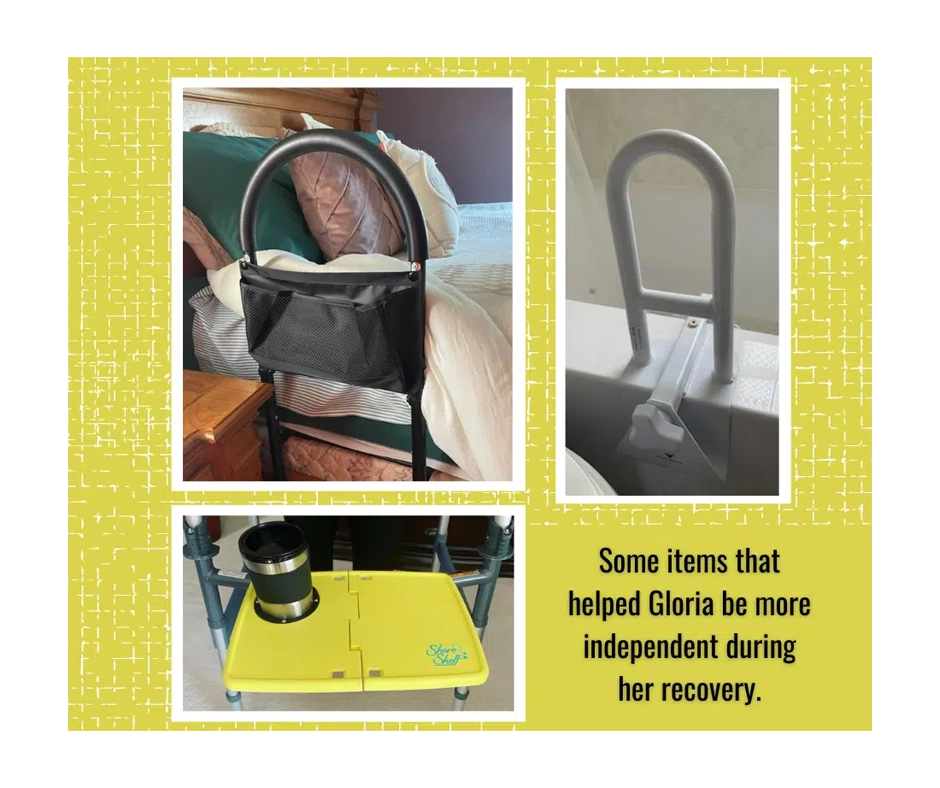
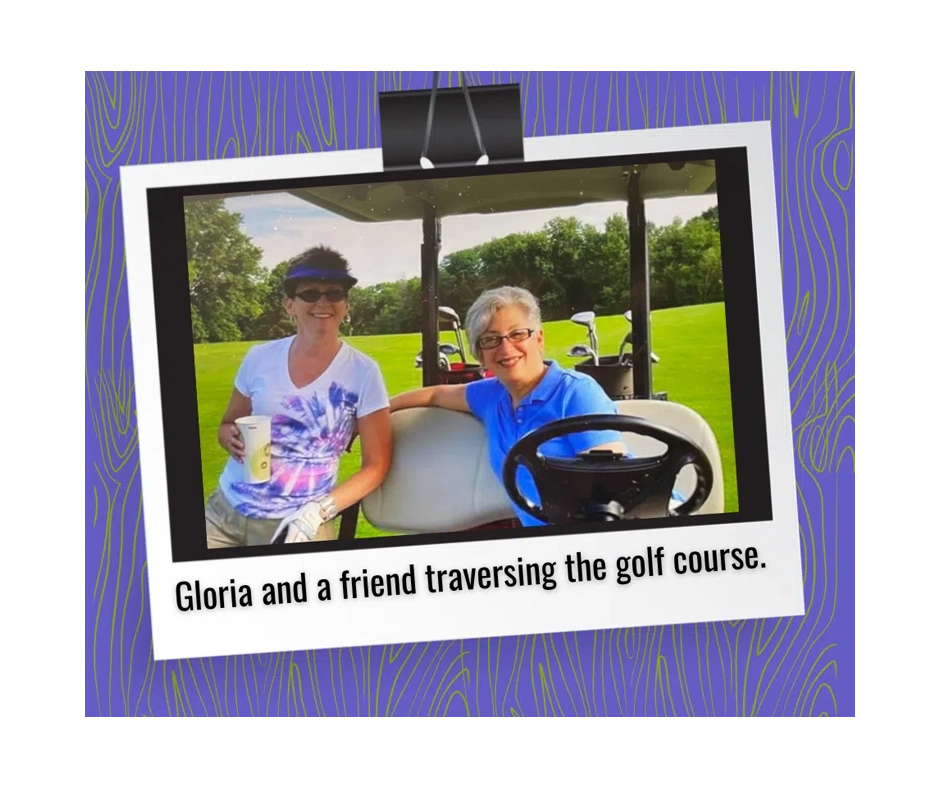
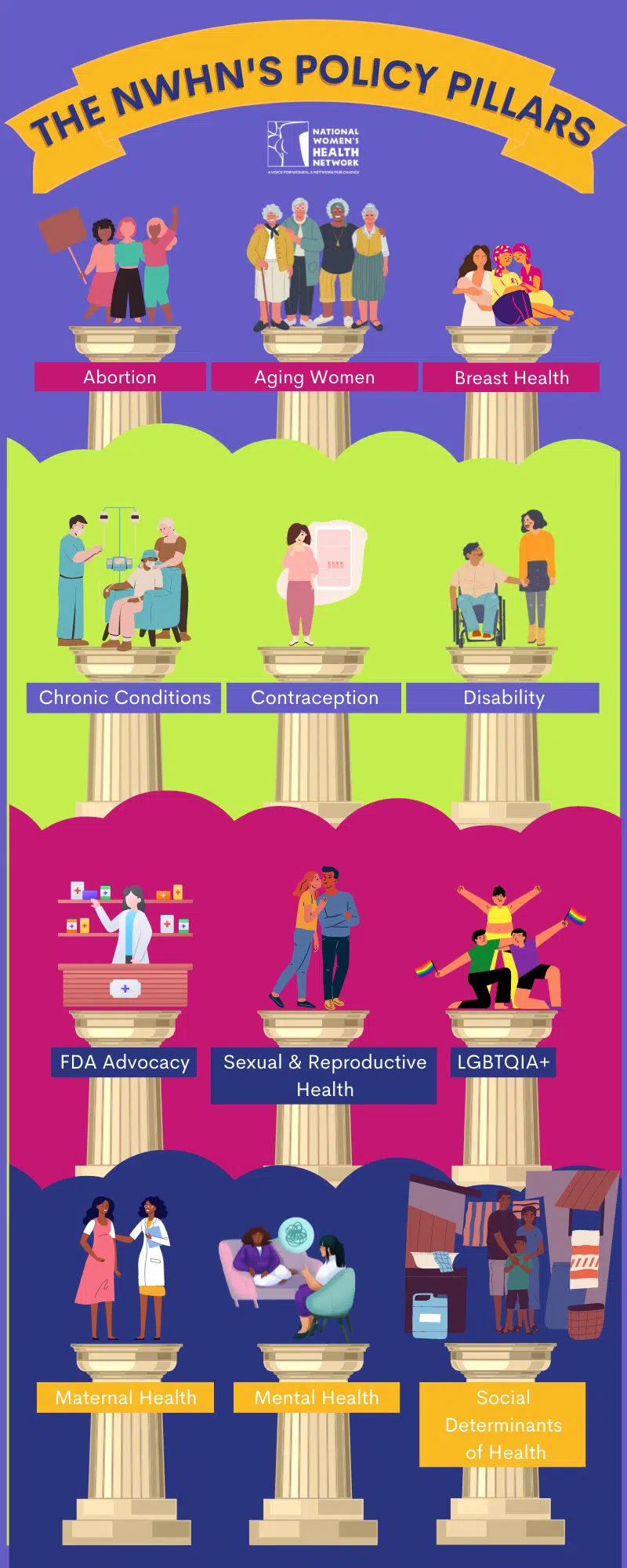
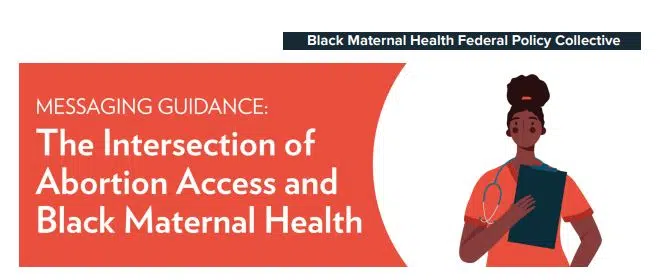
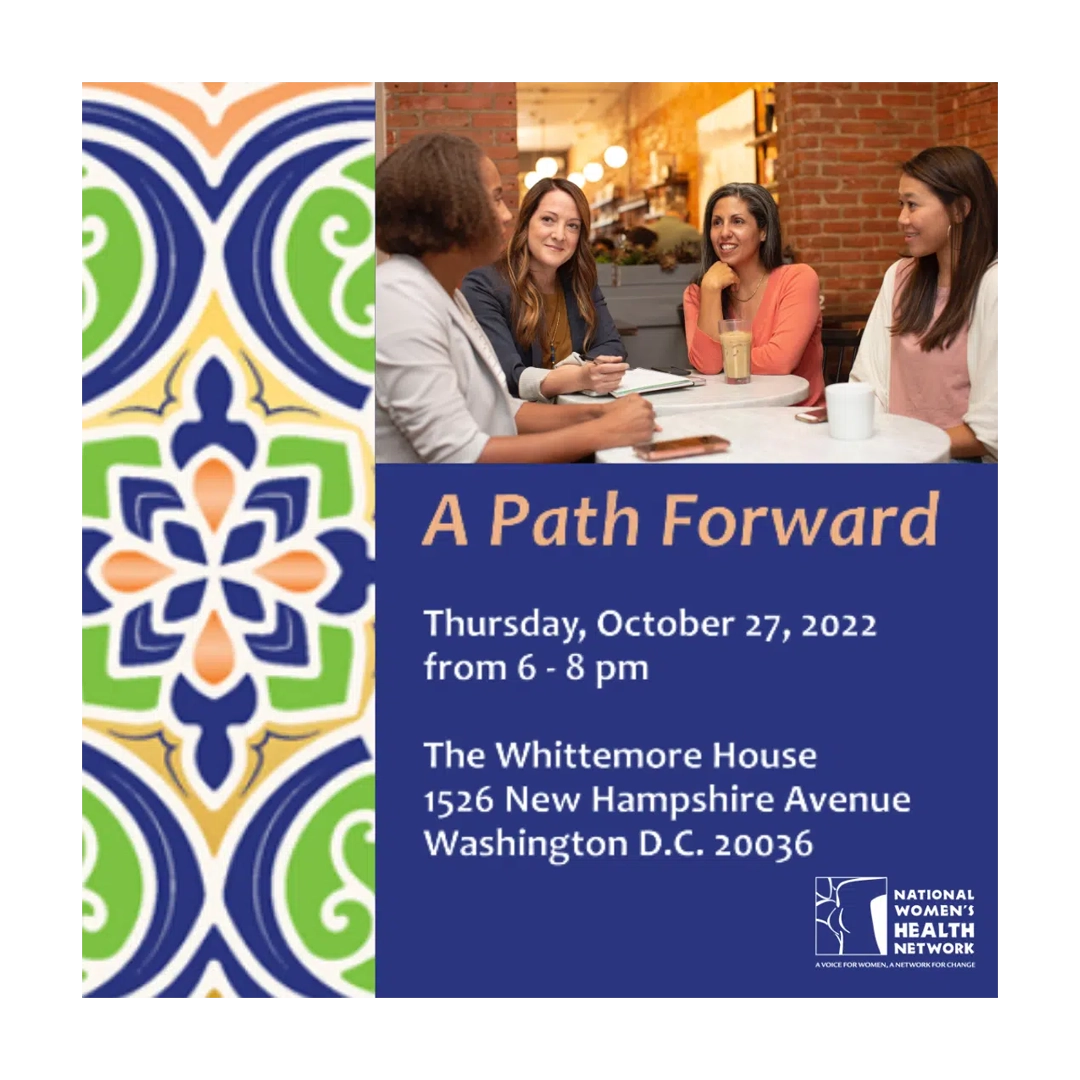
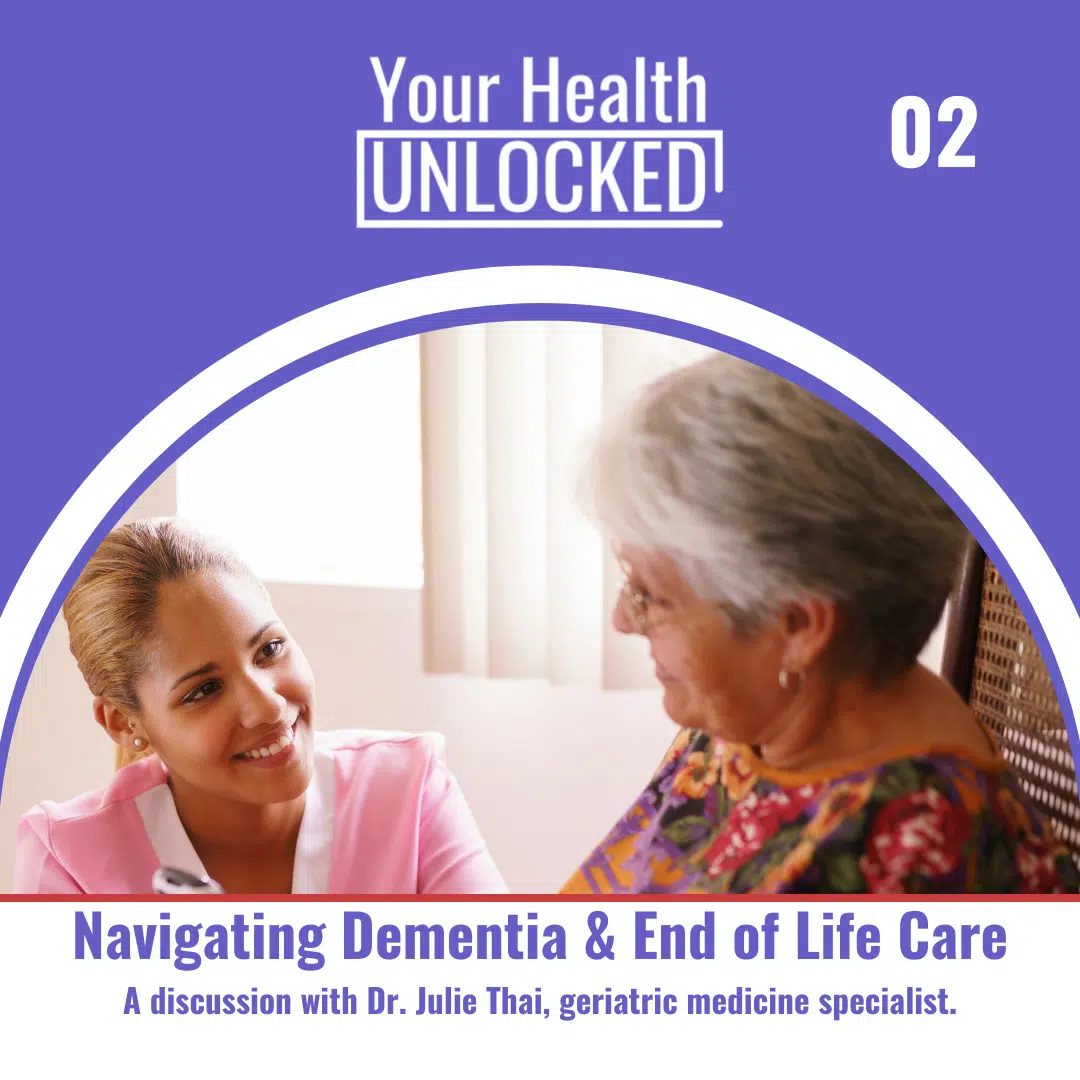
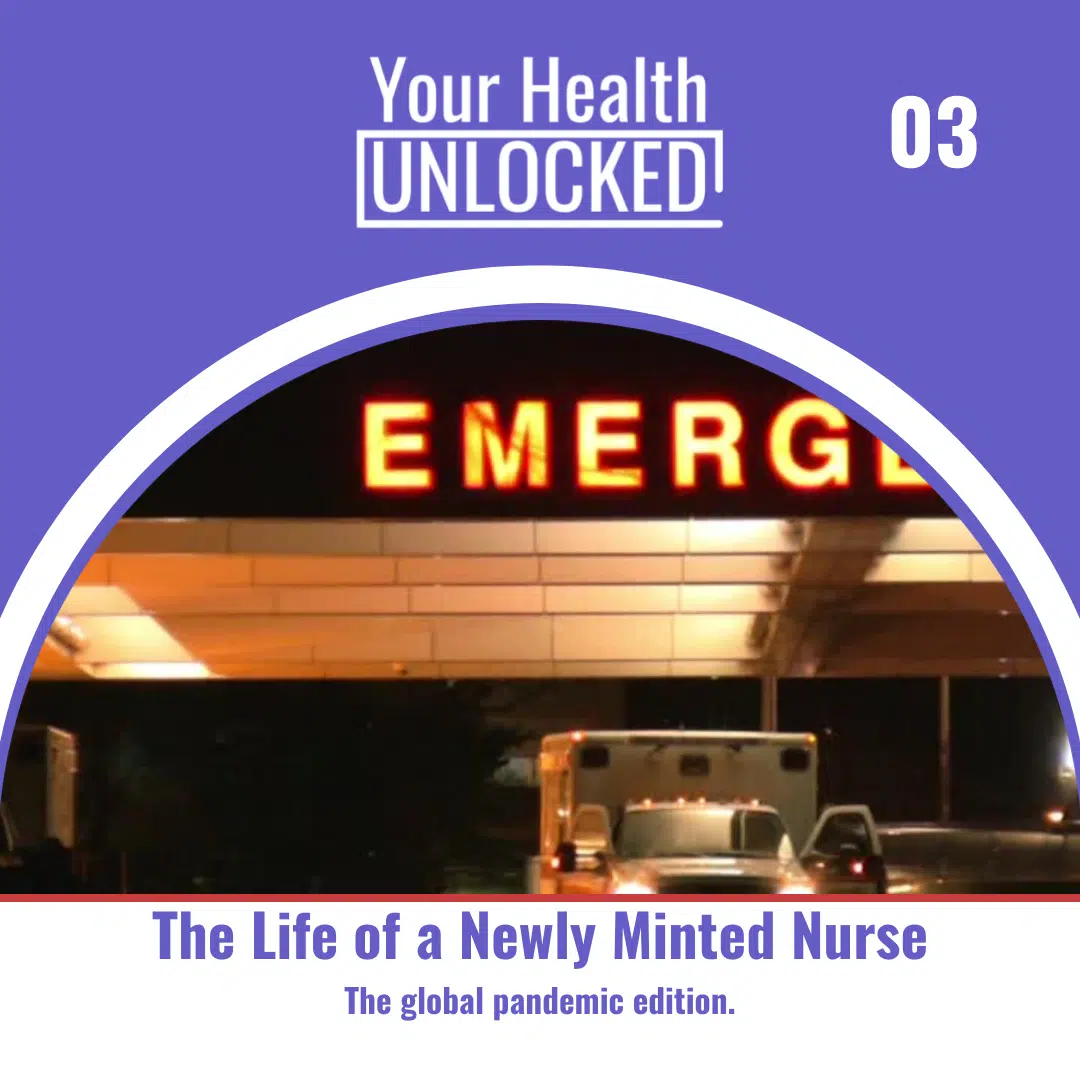
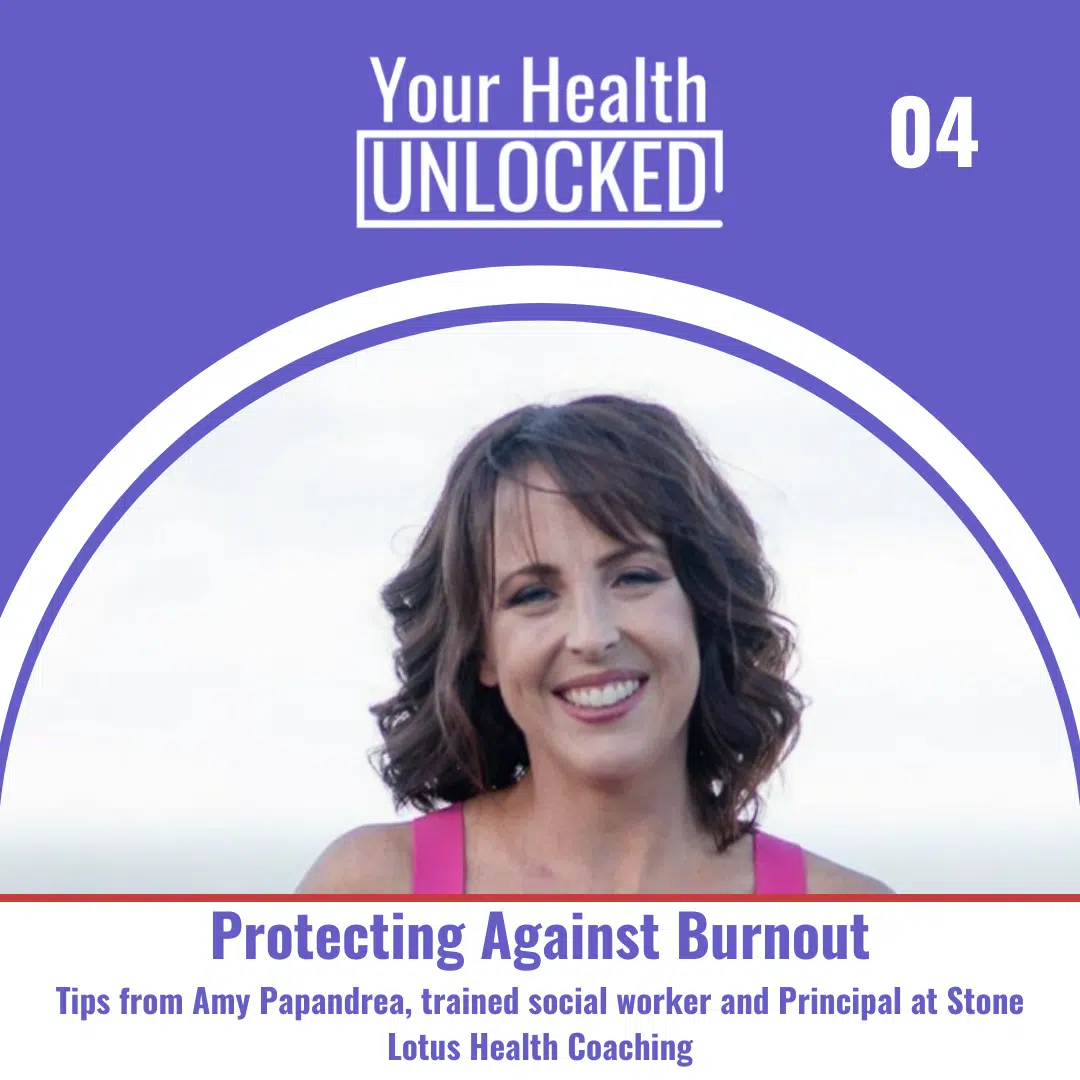
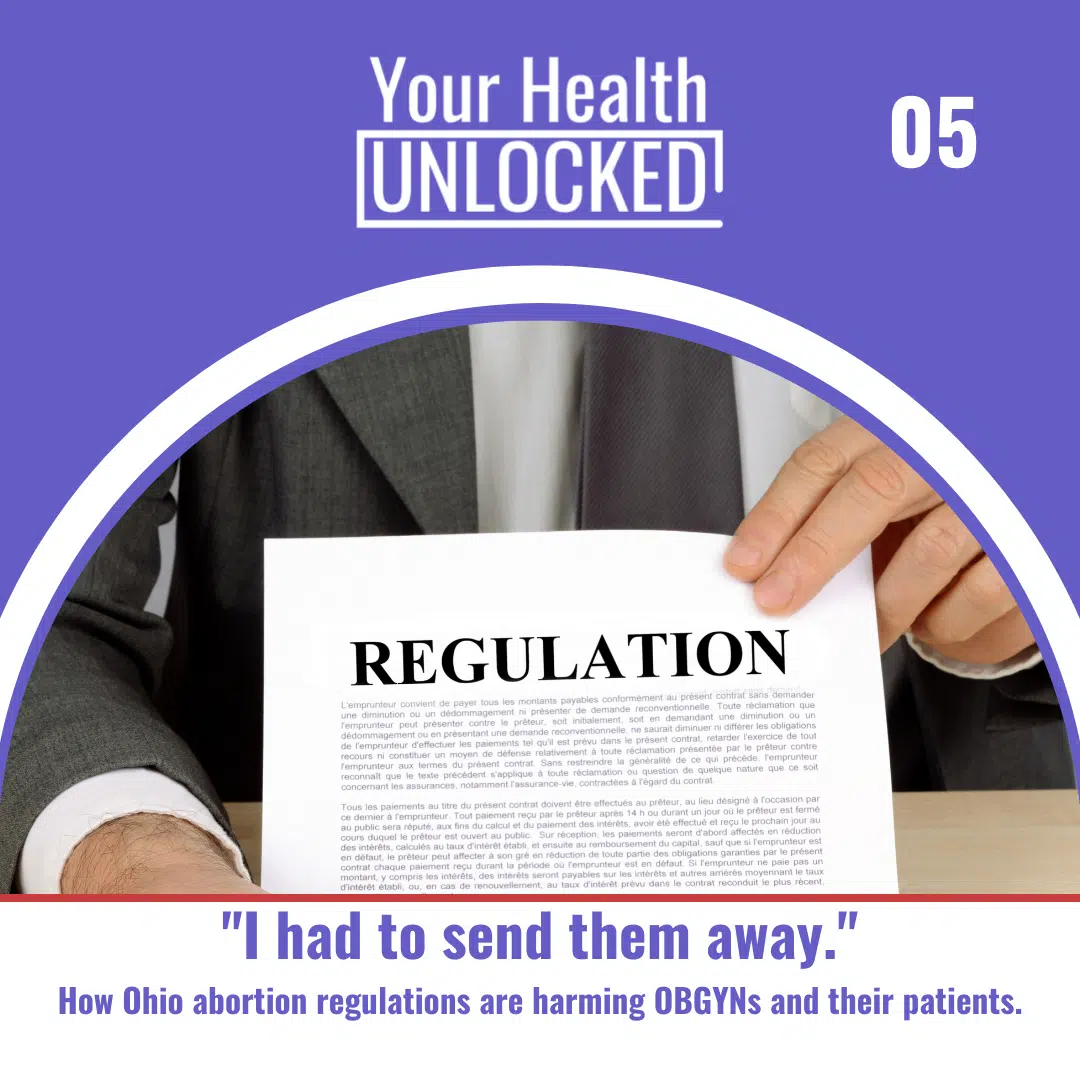
 Growing up with a parent who is a drug addict can be devastating and emotional. These parents often miss out on a lot of their child’s day-to-day life: graduations, school games, and helping with homework after school. I know this from first-hand experiences with my mother, and the neglect and pain her addiction caused. But, for me, this was not the worst part. The broken promises hurt the most.
Growing up with a parent who is a drug addict can be devastating and emotional. These parents often miss out on a lot of their child’s day-to-day life: graduations, school games, and helping with homework after school. I know this from first-hand experiences with my mother, and the neglect and pain her addiction caused. But, for me, this was not the worst part. The broken promises hurt the most.